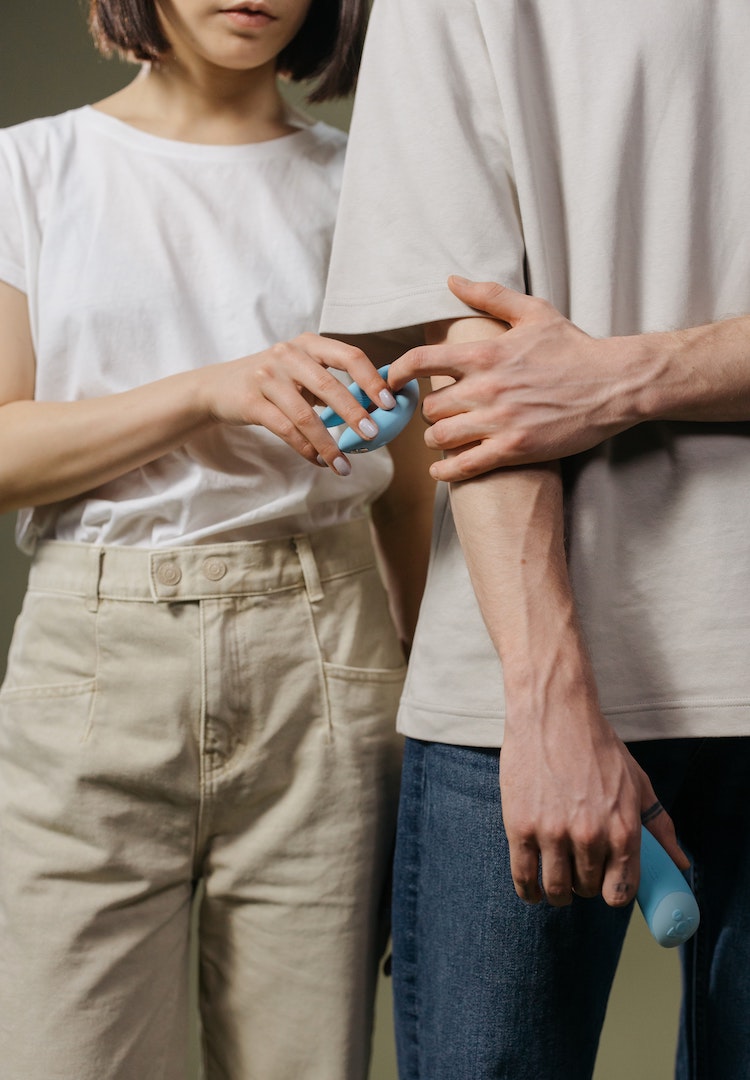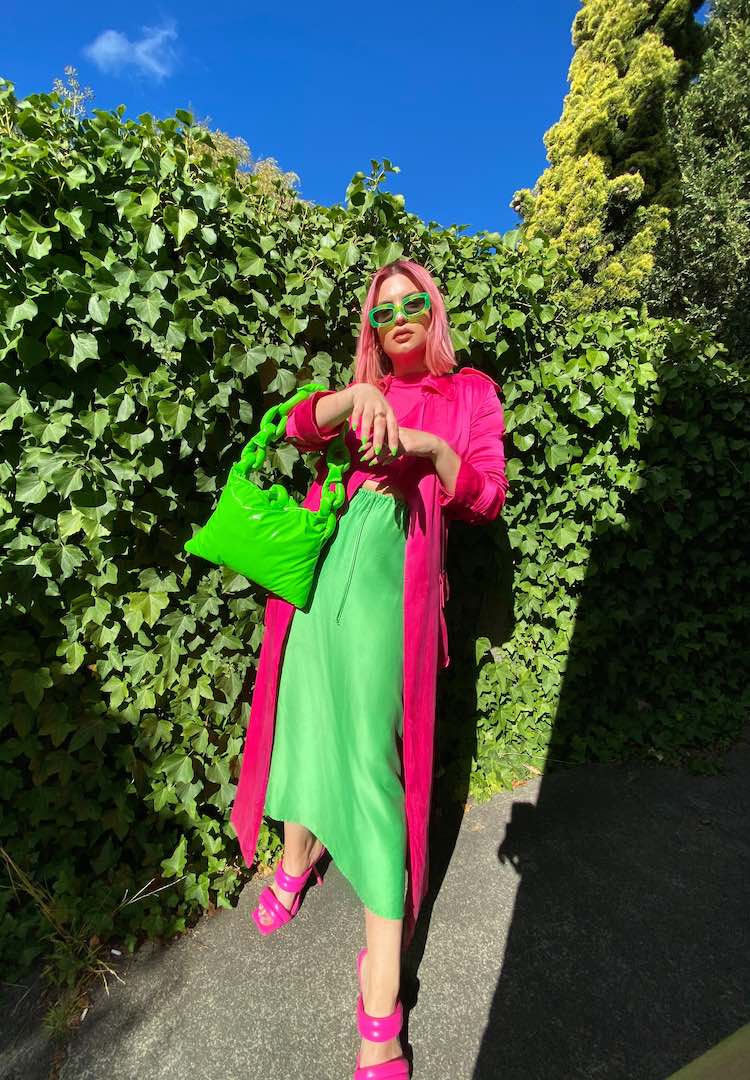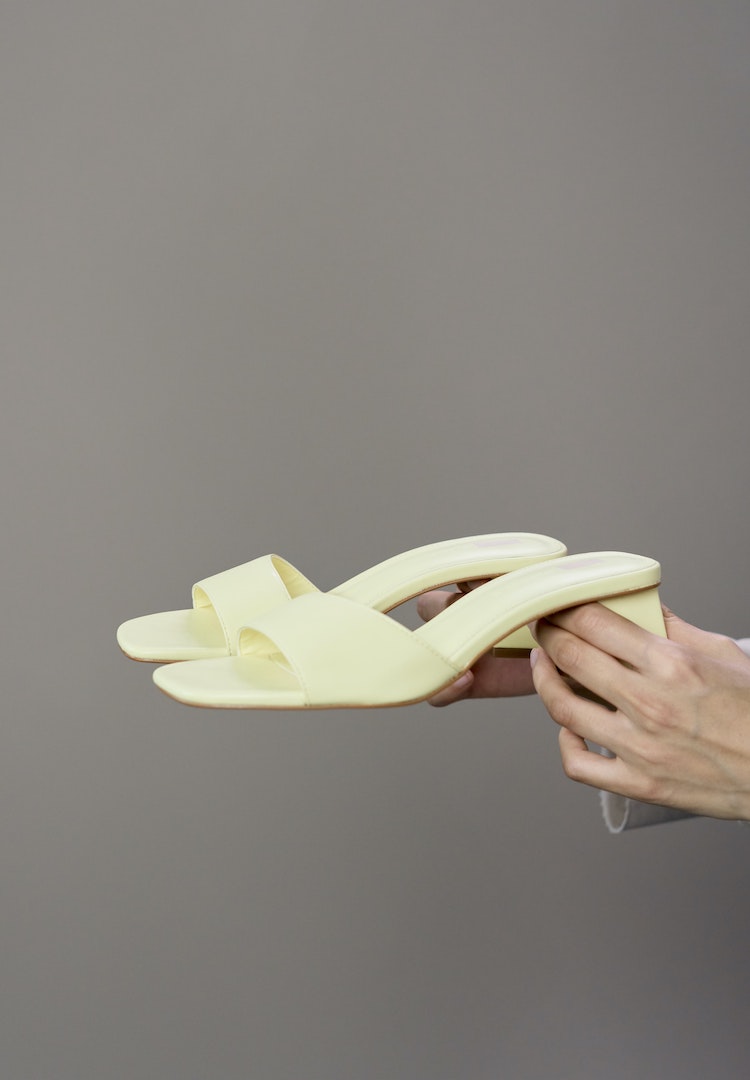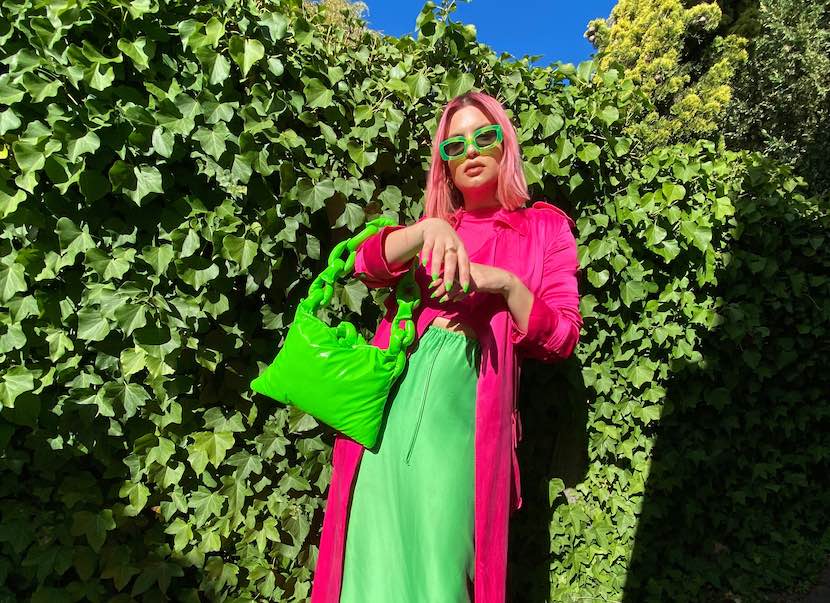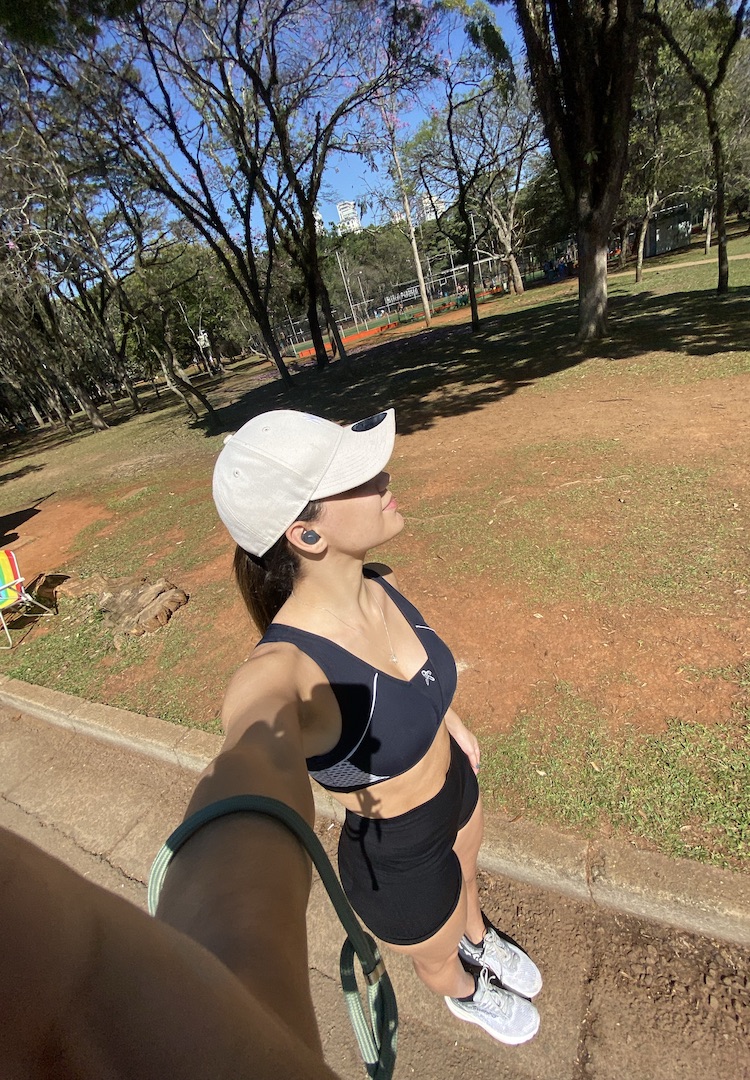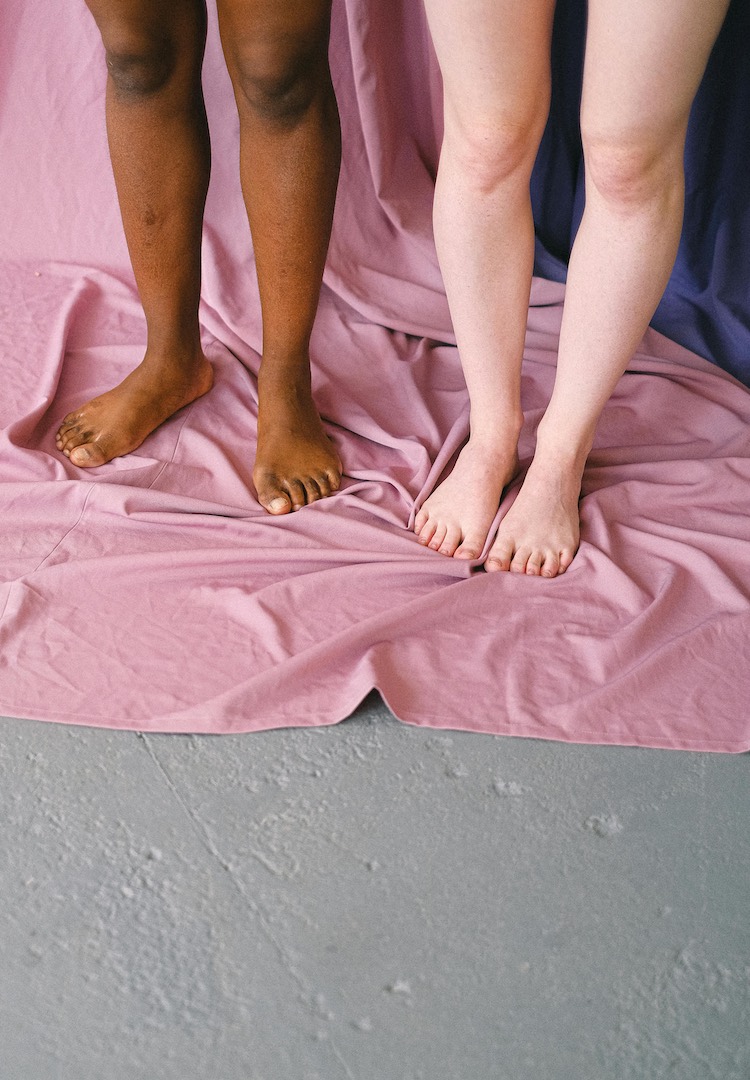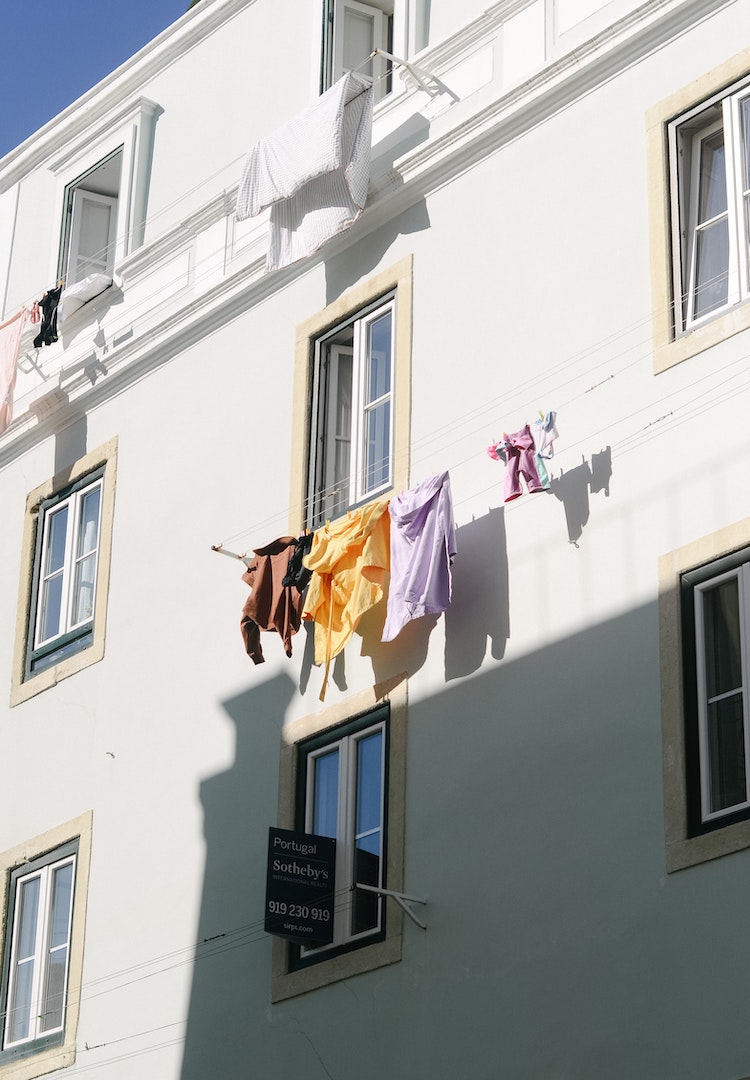Everything I have and haven’t learnt from my endo diagnosis
IMAGE VIA @LIANADELCRAY/INSTAGRAM
WORDS BY LIANA Rossi
Liana Rossi had to battle through years of unrelenting chronic pain to finally get a diagnosis.
Endometriosis is a chronic condition. Two years after my diagnosis, I still have to remind myself of that. For my friend Emma, it took eight years of having to psychologically deal with the fact that it’s literally never going away for that to land. “Physically I can’t tell if my symptoms are worse than they used to be, but psychologically it’s getting harder and harder to ignore and accept them,” she tells me.
When I started to talk about my experience on Instagram, I was floored by how many people who menstruate – strangers and friends alike – shared my pain. Why is this condition which affects 11 per cent of Australian women, trans and non-binary people still not widely discussed or prioritised?
Interested to hear how others navigate the world? Head to our Life section.
My diagnosis came at 28. I’d been experiencing painful periods since I was roughly 15. Most people experience a seven to 12-year delay in diagnosis. When I reflect on why it took so long to get here, it makes sense to go back to the beginning.
I was a ‘drama queen’ growing up and due to autoimmune illnesses in my family, also quite the ‘hypochondriac’. Once, I got my mum to take me to the doctor because I had growing pains in one leg and thought it was outgrowing the other.
This context is crucial to my experience. Because while I just needed to stretch my calves, hypochondriac is a term I now reject. I was an anxious kid. I was afraid of dying. I had first experienced death as an 8-year-old when my 17-year-old cousin Lisa died. Death and disease continued to impact our family, and the easiest way to manage those anxieties was to believe what I was told: there was nothing wrong with me.
I didn’t understand that I was being conditioned for a life of dismissed pain. But in these power dynamics of mostly doctors and a pre-teen (usually with a sprinkling of misogyny thrown in), I began to believe I did not know my own pain and, worse, to accept that as a fact.
In a text to my mum, I ask: “Do you remember if I had painful periods as a teenager?” She responds: “I think so… but more as you got older?” We chat back and forth about this piece I’m writing, about how she feels guilty for underestimating it all. We discuss how little we both knew (and still know), despite it affecting so many people we love. We rattle some names off, and say goodnight.
I remember painful menstruation in my teens. I intermittently raised my concerns but period pain, I was told, is normal. Naprogesic was a staple.
When I chat to Emma again she says, “I find it so challenging every time I go to a new doctor and they ask me if endo or painful periods run in my family. The thing is, because of the way women’s health has been so poorly understood and treated in the past, there’s just simply no way of knowing this info. If it was a heart condition or cancer, we’d know. But because it’s a women’s disease, it’s hidden generation after generation.”
In my early to mid-twenties, it gets worse. But it wasn’t until I was in a fetal position on a couch in my office in March 2019, clutching a heat pack, that I realised I needed to work it out. I got angry. How could I continue to sacrifice a week of each month? How could I tell my boss what was wrong with me? I was embarrassed. Endo was a pretty abstract concept to me at that point.
On International Women’s Day that year, I posted on Instagram about a week of tests, prodding and poking. According to my Medicare records, which are more reliable than my memory, I visited GPs and pathology on the 6th, 7th, and 8th of March 2019. At this point, I was 18 months into living in a new city and didn’t have a GP.
I saw the first doctor I could. They ran some tests on the 6th and told me to go home and take a Naprogesic on the 7th. Initially, I conceded. Then I went home and began reading motivational and very human recounts of what it meant to be female-identifying. I went back to the doctor’s office, demanded to see someone who menstruates, called bullshit on the days prior and had a referral to an obstetrician-gynecologist. I also had something to Google: endometriosis.
It’s pretty straightforward from here: I have a laparoscopy three months later – it’s more invasive than I imagined and my recovery is long. I have a Mirena IUD inserted while I’m under to (hopefully) suppress tissue growth, ease pelvic inflammation, and reduce bleeding. I received a diagnosis.
The pain returned within a few months. Severe flare-ups were (and continue to be) around very stressful situations. I got angry again. My partner and friends have witnessed the blood rush from my face as intense pain pulses through me. I went back to my obstetrician-gynecologist and we developed a plan. Another laparoscopy is an absolute last resort.
My treatment plan is expensive. I’m out of pocket a lot. I’m in an extremely privileged position where I can not only afford to explore alternatives but have access to personal leave to cover this. Marginalised and under-resourced people are not this fortunate. And it is not equitable.
There is a strong groundswell of conversation around endometriosis, excellent books, first-person blogs and podcasts. This is great. I am thankful for those speaking out. But there is simply not enough funding.
I am still angry. I do not want happy uterus cartoons, floral graphics or visual depictions of women hunched over. I want us to take to the streets, to destroy the taboo, to no longer let this be overlooked or unimportant, simply because it doesn’t kill us.
Believe the pain of those around you. Listen. Learn. We must advocate and demand more, especially for those who cannot. This story has no resolved ending or even a clear management plan. It is ever-evolving and extremely individual, and it’s been on the back burner for far too long.
This article was originally published on August 3, 2021.
For more information on endometriosis head here.

